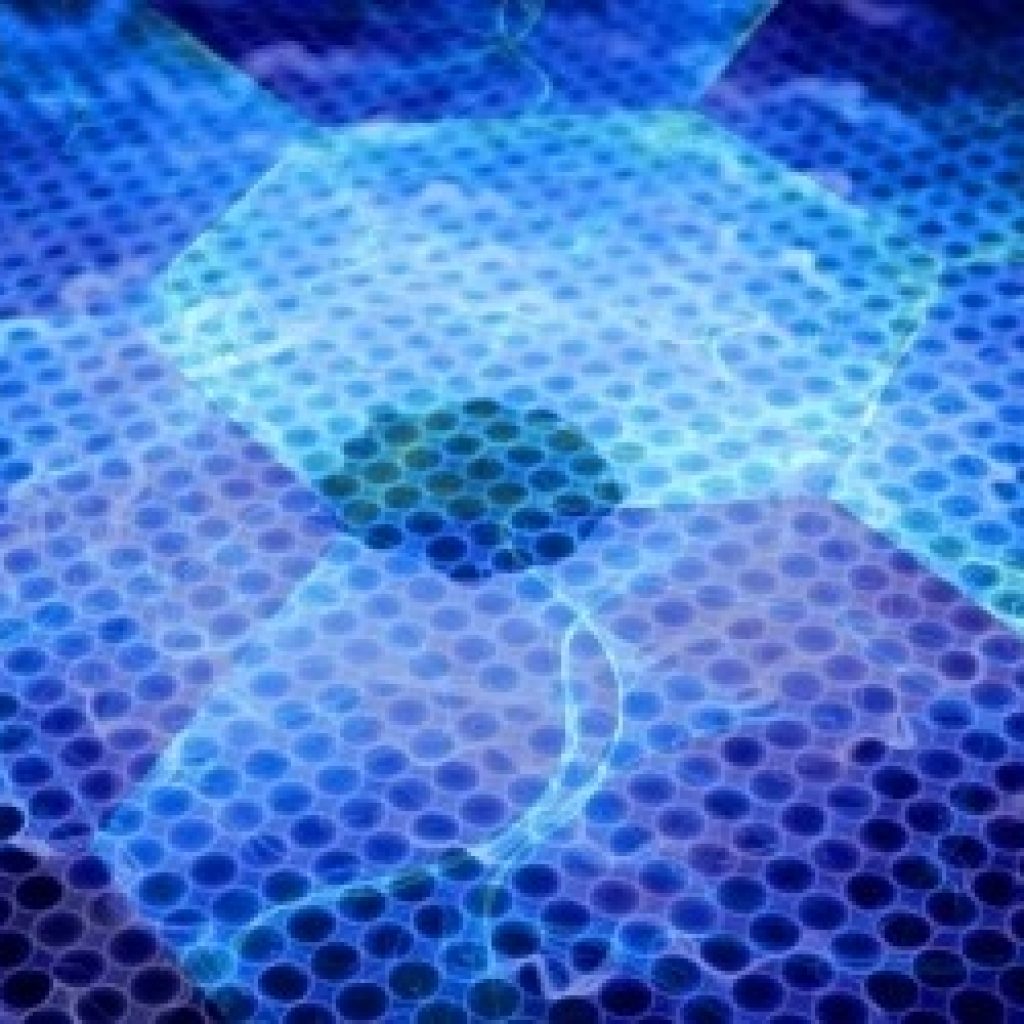(Phys.org) Researchers at the U.S. Department of Energy’s (DOE) Argonne National Laboratory, the University of Chicago and scientific institutes and universities in Japan, Korea and Hungary have established guidelines that will be an invaluable resource for the discovery of new defect-based quantum systems.
Claiming that something has a defect normally suggests an undesirable feature. That’s not the case in solid-state systems, such as the semiconductors at the heart of modern classical electronic devices. They work because of defects introduced into the rigidly ordered arrangement of atoms in crystalline materials like silicon.
Surprisingly, in the quantum world, defects also play an important role. Such systems have possible applications in quantum communications, sensing and computing.
The team derived their design guidelines based on an extensive review of the vast body of knowledge acquired over the last several decades on spin defects in solid-state materials.
The team’s guidelines encompass the properties of both the defects and the material selected to host them. The key defect properties are spin, optical (for example, how light interacts with the spin of the trapped electrons), and charge state of the defect.
Possible solid-state materials include not only the already well-studied few like silicon, diamond and silicon carbide but other more recent entries like various oxides. All these materials have different advantages and disadvantages laid out in the guidelines.
The work also establishes the groundwork for designing scalable semiconductor quantum devices and dovetails well with Q-NEXT, a DOE-funded quantum information science research center led by Argonne. Q-NEXT’s goal includes establishing a semiconductor quantum “foundry” for developing quantum interconnects and sensors.
Researchers Establish Guidelines for Discovery of New Defect-Based Quantum Systems
